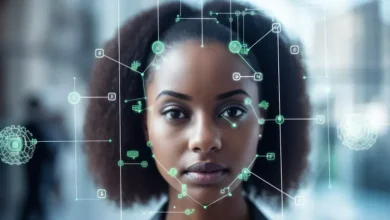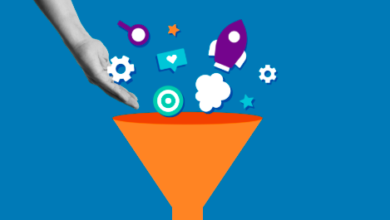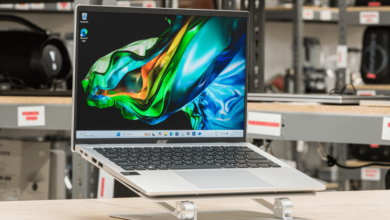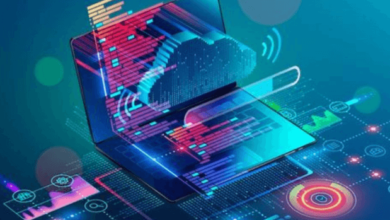Exploring the Intersection of Artificial Intelligence and Art
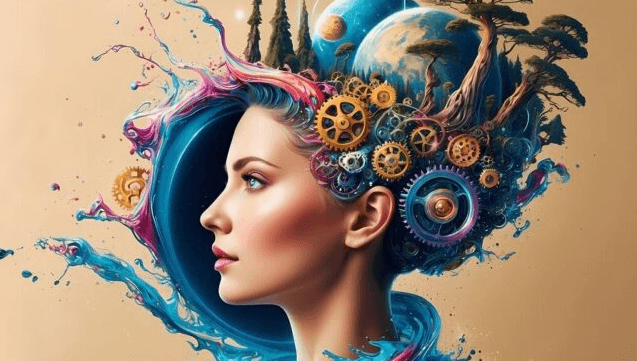
The interplay between artificial intelligence and art has emerged as a compelling subject of inquiry, prompting a reevaluation of creativity and authorship in contemporary practice. As AI technologies proliferate, they not only facilitate the creation of novel artworks but also raise profound questions about the nature of artistic expression and the role of the artist. This evolving landscape offers a unique opportunity to examine the implications of machine-generated art on societal perceptions of creativity. Such discussions may ultimately reveal insights that challenge our understanding of both art and technology, inviting further exploration into their intricate relationship.
The Rise of AI in Art
How has artificial intelligence transformed the landscape of artistic creation?
The emergence of AI generated paintings challenges traditional notions of authorship and creativity, inviting discourse on algorithmic aesthetics.
These innovations not only democratize art production but also provoke existential questions about the very essence of artistic expression.
As creators harness AI, the boundaries between human and machine blur, heralding a new era of artistic exploration and freedom.
Notable AI Art Projects
The intersection of artificial intelligence and artistic expression has been vividly illustrated through a variety of notable AI art projects that challenge conventional paradigms.
From AI generated portraits to algorithmic sculptures, these works utilize neural networks to create immersive experiences.
Interactive installations and generative music further exemplify the power of art collaborations, transforming digital galleries into dynamic spaces where creativity knows no bounds.
Redefining Creativity and Authorship
Artificial intelligence is fundamentally reshaping our understanding of creativity and authorship in the art world.
Through machine learning and creative algorithms, artists now utilize the digital canvas for unprecedented artistic expression.
This human collaboration raises ethical considerations and fuels the originality debate, challenging traditional notions of authorship.
The cultural impact is profound, prompting a reexamination of what it means to be creative in an AI-driven landscape.
Future Trends in AI and Art
Embracing the synergy between technology and creativity, the future of AI in art promises to unlock new realms of artistic exploration and innovation.
As AI aesthetics evolve, artists will harness algorithmic inspiration to fuel machine creativity, fostering unprecedented digital collaboration.
This landscape will challenge traditional notions of authorship, inviting a more liberated approach to art that celebrates collective expression and technological synergy.
Conclusion
The convergence of artificial intelligence and art heralds an era where creativity transcends human limitation, transforming the artistic landscape into an infinite realm of possibilities. As AI continues to redefine notions of authorship and originality, the implications for the future of artistic expression become increasingly profound. This evolution not only democratizes access to art production but also challenges conventional paradigms, prompting critical discourse on the ethics of creativity in a world where machines and humans coalesce in artistic endeavor.

